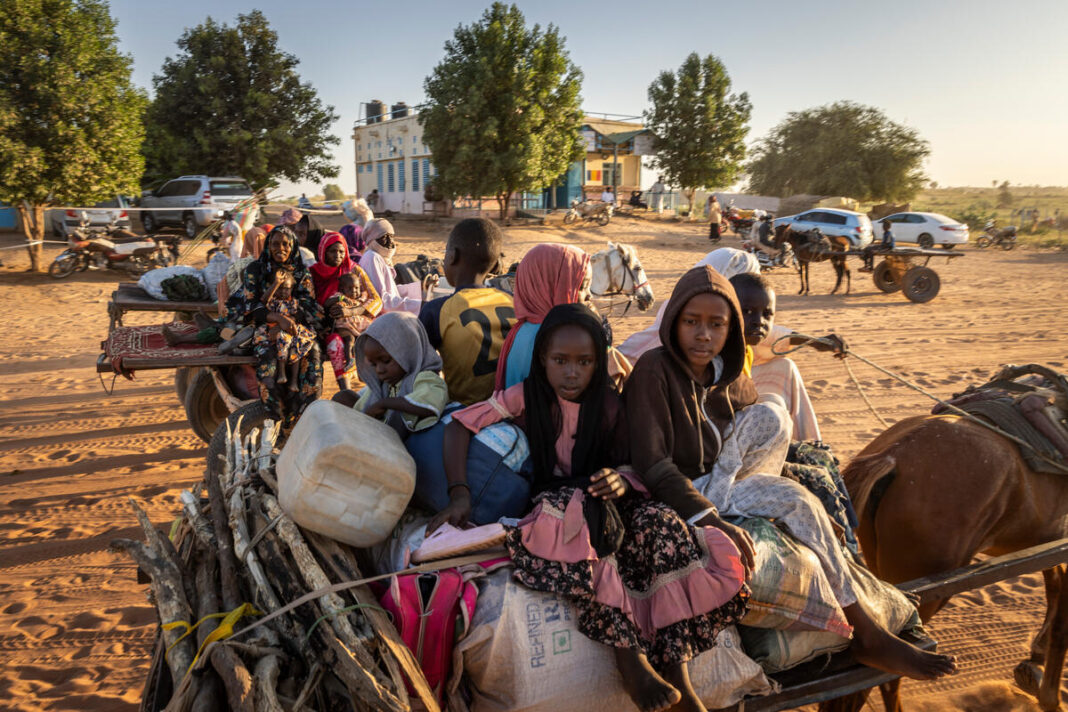ACNUR, la Agencia de la ONU para los Refugiados, declaró 26 nuevas emergencias en 2024, siete de ellas de máxima gravedad, según revela su Informe de Impacto anual. La organización atendió un total de 43 crisis, incluyendo 17 que continuaban desde 2023, desplegando personal y recursos en 130 países.
«ACNUR se despliega rápidamente donde más se nos necesite, por tierra, mar y aire», declaró Ayaki Ito, Director de la División de Emergencia, quien destaca la importancia de las nuevas tecnologías y sistemas de alerta temprana para mejorar la asistencia humanitaria.
La agencia atendió nueve emergencias por desastres climáticos en África, Asia y América Latina, un récord histórico que representa un tercio de las nuevas crisis. Estos fenómenos agravaron la situación en zonas que ya albergaban refugiados, causando brotes de enfermedades y destruyendo infraestructuras críticas. La organización distribuyó 5,1 millones de artículos de ayuda humanitaria valorados en 45,8 millones de dólares, beneficiando a 6 millones de personas, y formó a 240 empleados para respuesta inmediata.


